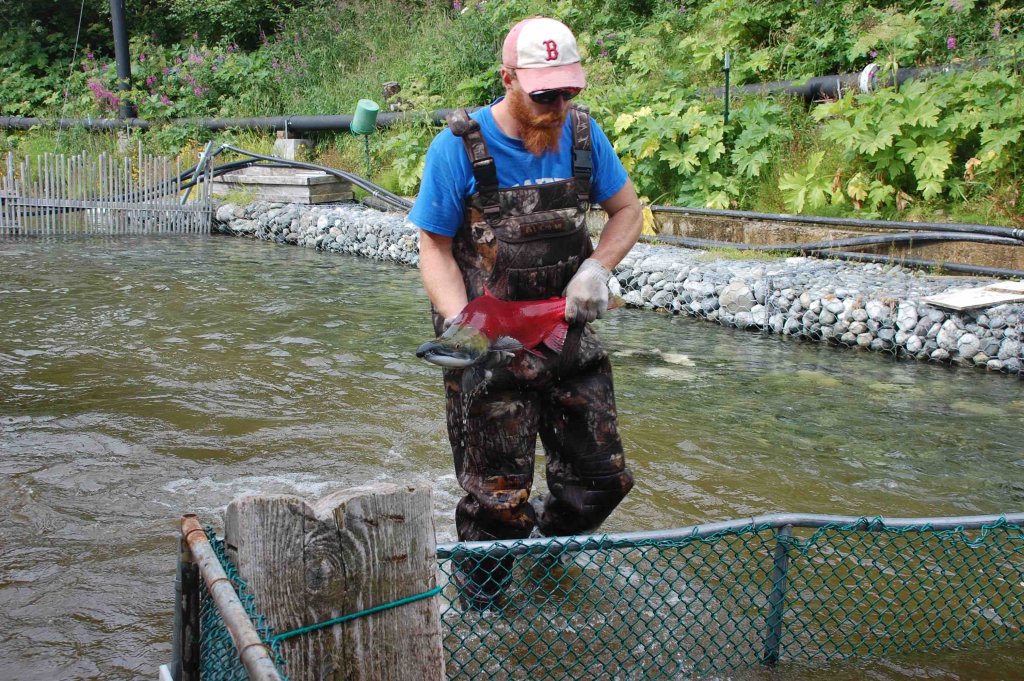Homeschool Students Tour the Gulkana Fish Hatchery
By Kari Rogers, Project Manager
On a blustery fall day this year, a group of 41 homeschool students from Upstream Learning and their parents ventured to the upper reaches of the Gulkana River to visit the Gulkana Fish Hatchery. Their mission was to better understand the basic life cycle stages of salmon, the importance of critical salmon habitat for each of those life stages, the infinitesimally small probability of survival for salmon from fertilized eggs to spawners, and the beneficial role of the Gulkana Fish Hatchery to fry survivability.
In spite of the cold north wind funneling through the Gulkana River canyon that day, attendees met at the Gulkana Fish viewing platform on the Richardson Highway to view the spawning salmon and talk about the salmon life cycle. Students discussed the myriad of obstacles that salmon must overcome once they begin life as eggs nested in the rocks to the end of their life when they return to their birth stream to reproduce.
With knowledge of the salmon life cycle firmly in hand, the gathering reassembled at the nearby Gulkana Fish Hatchery, where the critical egg-take process was underway. A detailed explanation of how and why this hatchery utilizes an on-site, spring-fed water source to maintain adequate flows of oxygen-rich water into the numerous incubation tanks, clearly demonstrated how the unique location of the hatchery contributes to its yearly successes.
Bright red spawning sockeye, which had successfully navigated through the entirety of the Gulkana and Copper River drainages, both downstream and up again, and the perils of life in the northern Pacific Ocean over the past 4 or 5 years, had returned to fulfill their reproductive mission. The narrow channel of the Gulkana River here was teeming with life, as the fish pushed forward in search of the perfect location to repeat the cycle of their ancestors.
The Copper River Watershed Project wishes to thank the Copper River Valley-based Upstream Learning Home Education Program for their assistance in coordination of this learning opportunity for its students and to the many homeschool participants and families for their involvement and genuine interest in natural resource management. Equally, CRWP thanks Prince William Sound Aquaculture and the Gulkana Fish Hatchery for their informative presentation and their on-going efforts to ensure adequate Gulkana River sockeye salmon stocks.




